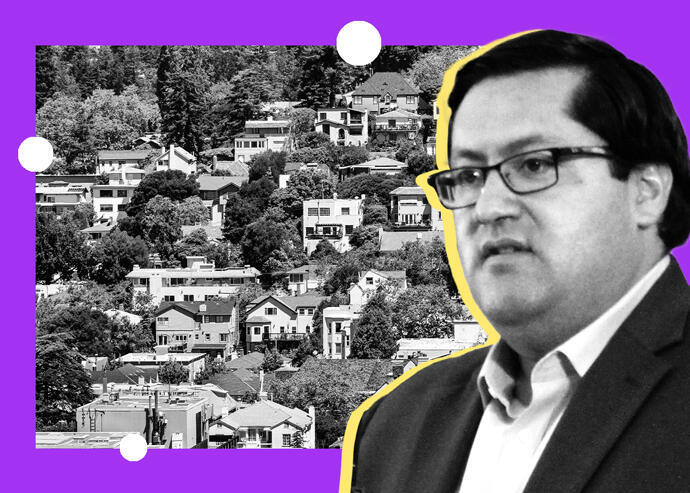
Berkeley mayor Jesse Arreguin (Sylvia Fredriksson/Flickr, iStock)
California lawmakers gave initial approval to a bill that would allow for two-unit buildings to be built on lots that had previously been limited to single-family home construction.
A large part of the affordable housing shortage in the state is because the population is growing, but the number of housing units is not growing at the same rate, Business Insider reports.
The housing issue is indicative of the generational battle between the older NIMBY (not in my backyard) boomers, who want to protect their property values, and the younger YIMBY (yes in my backyard) millennials, who want to increase the amount of affordable housing.
The single-family zoning law was enacted for the first time in Berkeley in 1916 in a racially motivated effort to keep people of color out, as white families could more easily afford such homes. In February, the Berkeley City Council voted unanimously to end single-family zoning and Sacramento is also considering a similar measure.
Berkeley mayor Jesse Arreguin said the history of the zoning law was “rooted in racism” and that the housing crisis made him change his NIMBY way of thinking.
The Terner Center analyzed Senate Bill 9 and estimated that it would add 700,000 housing units to the current feasible development potential of 1.8 million, a 40 percent increase. California now adds about 100,000 units per year.
Many opponents have praised zoning laws as a way to protect their property values and keep neighborhoods from becoming too densely populated. The counter argument is that limiting housing leads to price surges, which can ultimately lead to workers having to commute too far and, in some cases, moving to other cities altogether.
SB9 will now require a second vote in the California Senate before reaching the governor, Gavin Newsom.
Typically, measures ending single-family zoning do not ban construction of single-family housing or require any changes to existing homes, but rather allow more than one dwelling to exist on what had been single-family lots.
[Insider] — Victoria Pruitt


